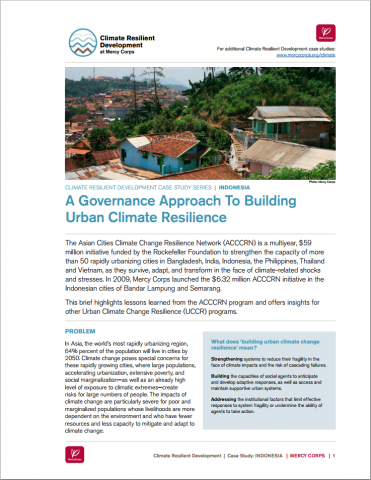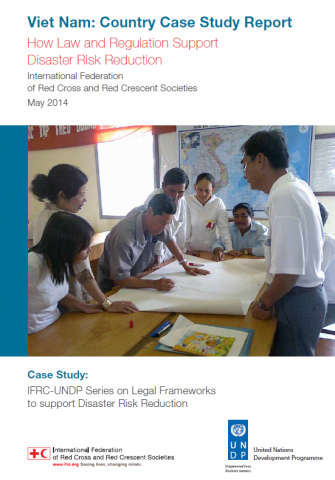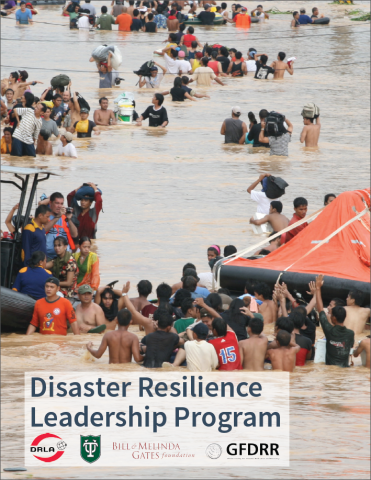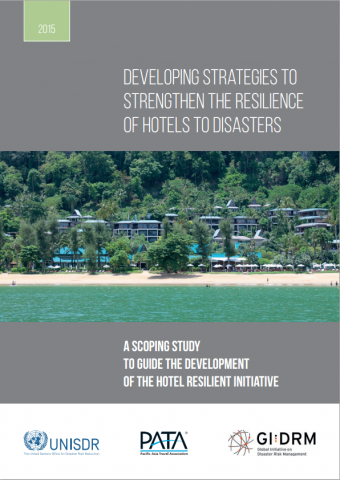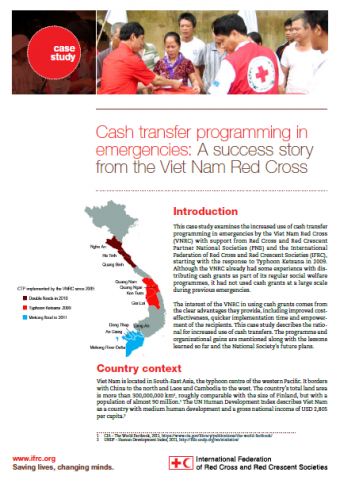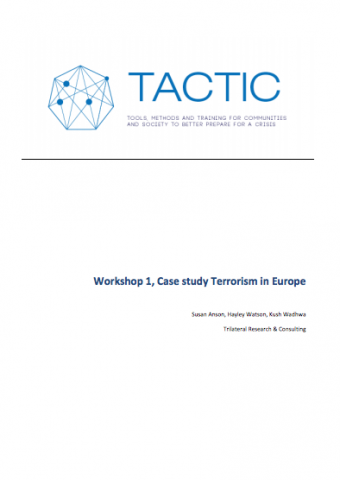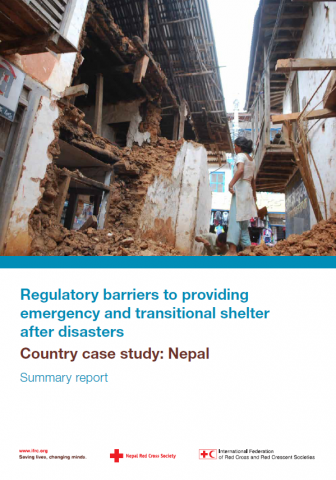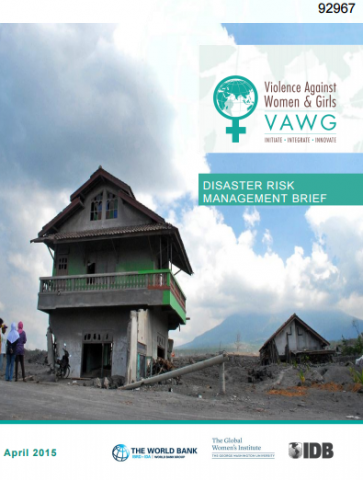The financial management of flood risk
The purpose of this paper is to examine best practices and available models for managing the financial impact of floods. The paper (i) identifies key issues specific to flood risk management, (ii) evaluates international experience with public and private flood insurance programs, and (iii) draws out lessons for Canada’s approach to the financial management of flood risk and the […]
The financial management of flood risk Read More »

